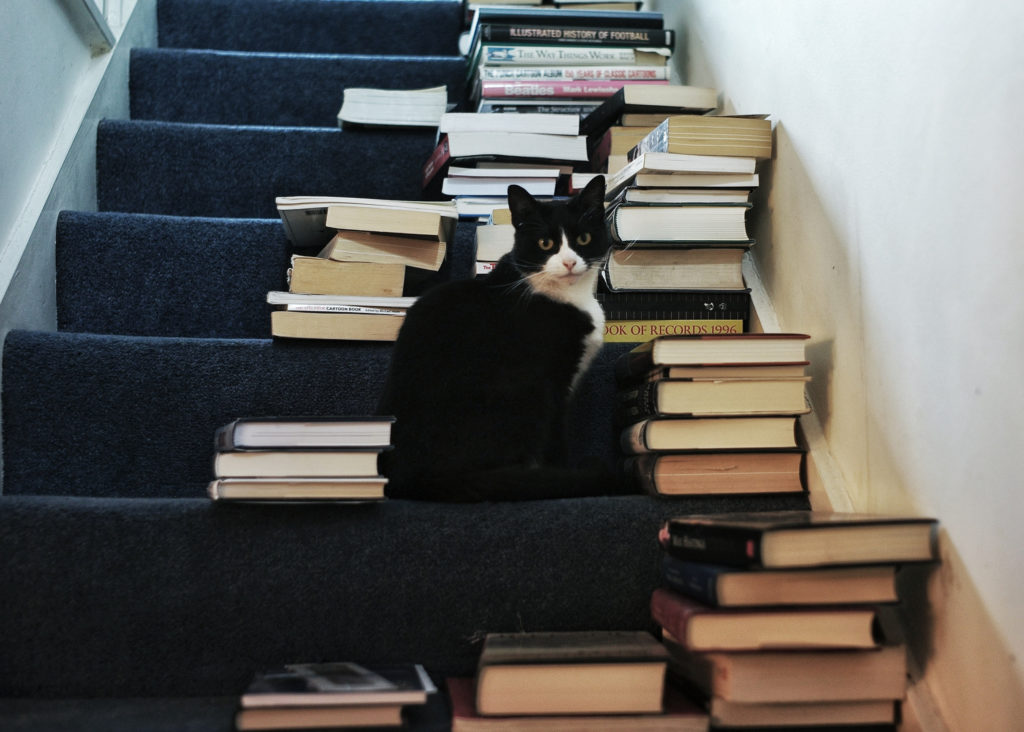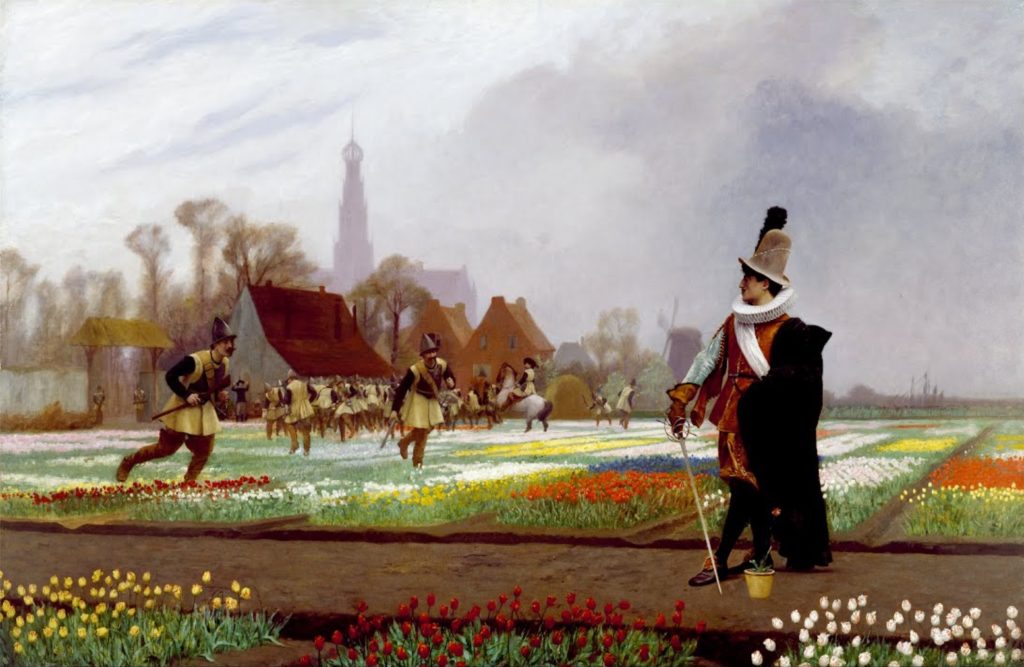This from the Mueller indictment of Paul Manafort:
Manafort and Gates made numerous false and fraudulent representations to secure the loans. For example, Manafort provided the bank with doctored [profit and loss statements] for [Davis Manafort Inc.] for both 2015 and 2016, overstating its income by millions of dollars. The doctored 2015 DMI P&L submitted to Lender D was the same false statement previously submitted to Lender C, which overstated DMI’s income by more than $4 million. The doctored 2016 DMI P&L was inflated by Manafort by more than $3.5 million. To create the false 2016 P&L, on or about October 21, 2016, Manafort emailed Gates a .pdf version of the real 2016 DMI P&L, which showed a loss of more than $600,000. Gates converted that .pdf into a “Word” document so that it could be edited, which Gates sent back to Manafort. Manafort altered that “Word” document by adding more than $3.5 million in income. He then sent this falsified P&L to Gates and asked that the “Word” document be converted back to a .pdf, which Gates did and returned to Manafort. Manafort then sent the falsified 2016 DMI P&L .pdf to Lender D.
And here’s Jacob Brogan’s summary in Slate:
So here’s the essence of what went wrong for Manafort and Gates, according to Mueller’s investigation: Manafort allegedly wanted to falsify his company’s income, but he couldn’t figure out how to edit the PDF. He therefore had Gates turn it into a Microsoft Word document for him, which led the two to bounce the documents back-and-forth over email. As attorney and blogger Susan Simpson notes on Twitter, Manafort’s inability to complete a basic task on his own seems to have effectively “created an incriminating paper trail.”





